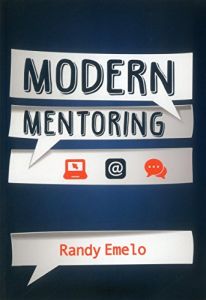Read or listen offline
Recommendation
Conventional mentoring has a laudable goal: Match a junior employee with someone senior who can show him or her the ropes and lend a hand with career development. Unfortunately, since most organizations have too few traditional mentors, only a small number of junior employees benefit from a typical mentoring program.“Modern mentoring” replaces conventional one-on-one mentoring with learning groups, in which everyone can be a mentor or adviser – and everybody is a learner. Author Randy Emelo, pioneer of “e-mentoring technology,” could have gone into more detail about how to implement such programs – after all, “sharing experience for the sake of mutual benefit” isn’t all that novel an idea –, but getAbstract likes his approach and recommends it to corporate trainers, HR managers and executives involved in professional development.
Take-Aways
About the Author
Randy Emelo is president and CEO of River, which publishes modern mentoring and social learning software.

















Comment on this summary or Start Discussion